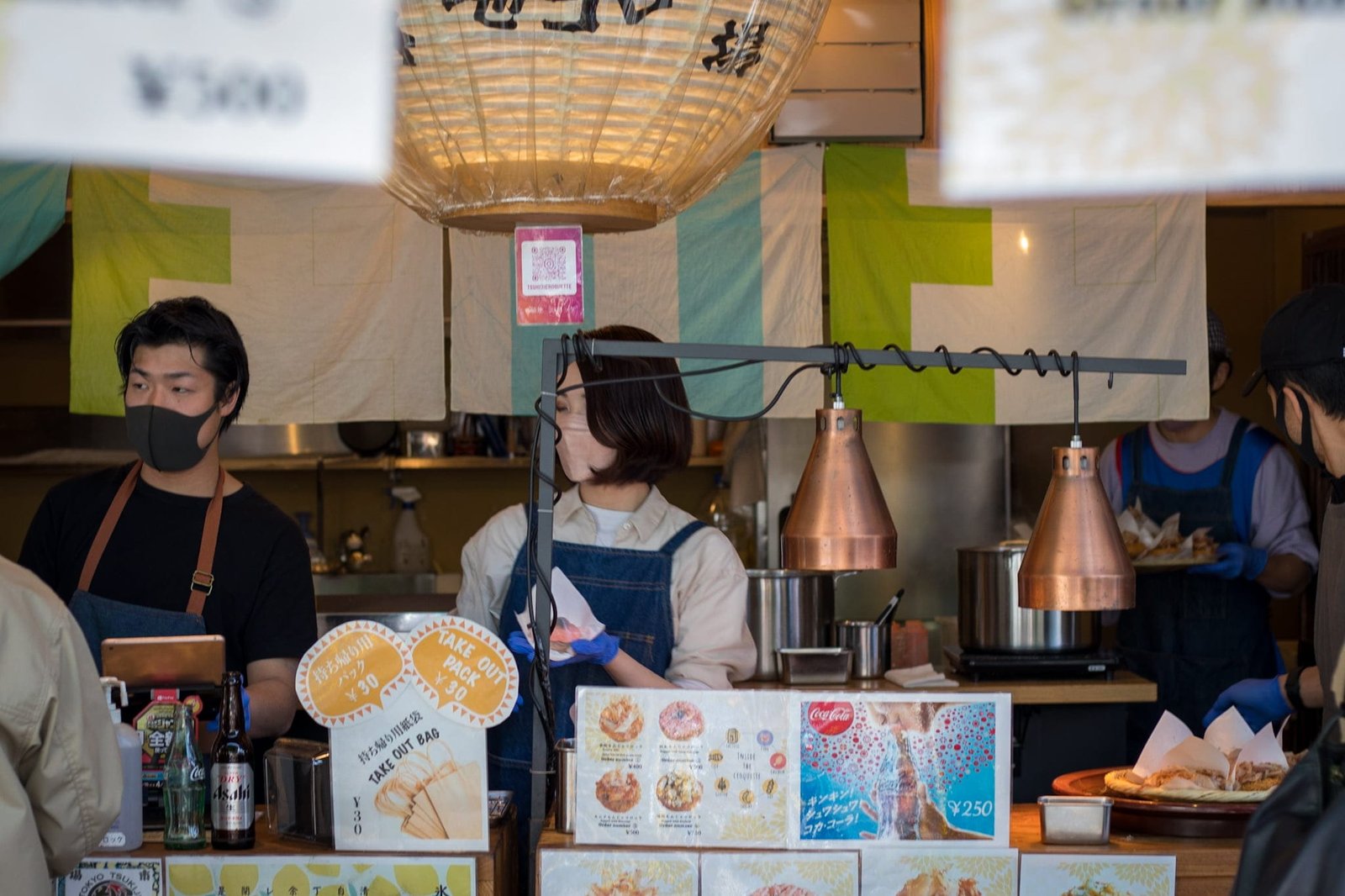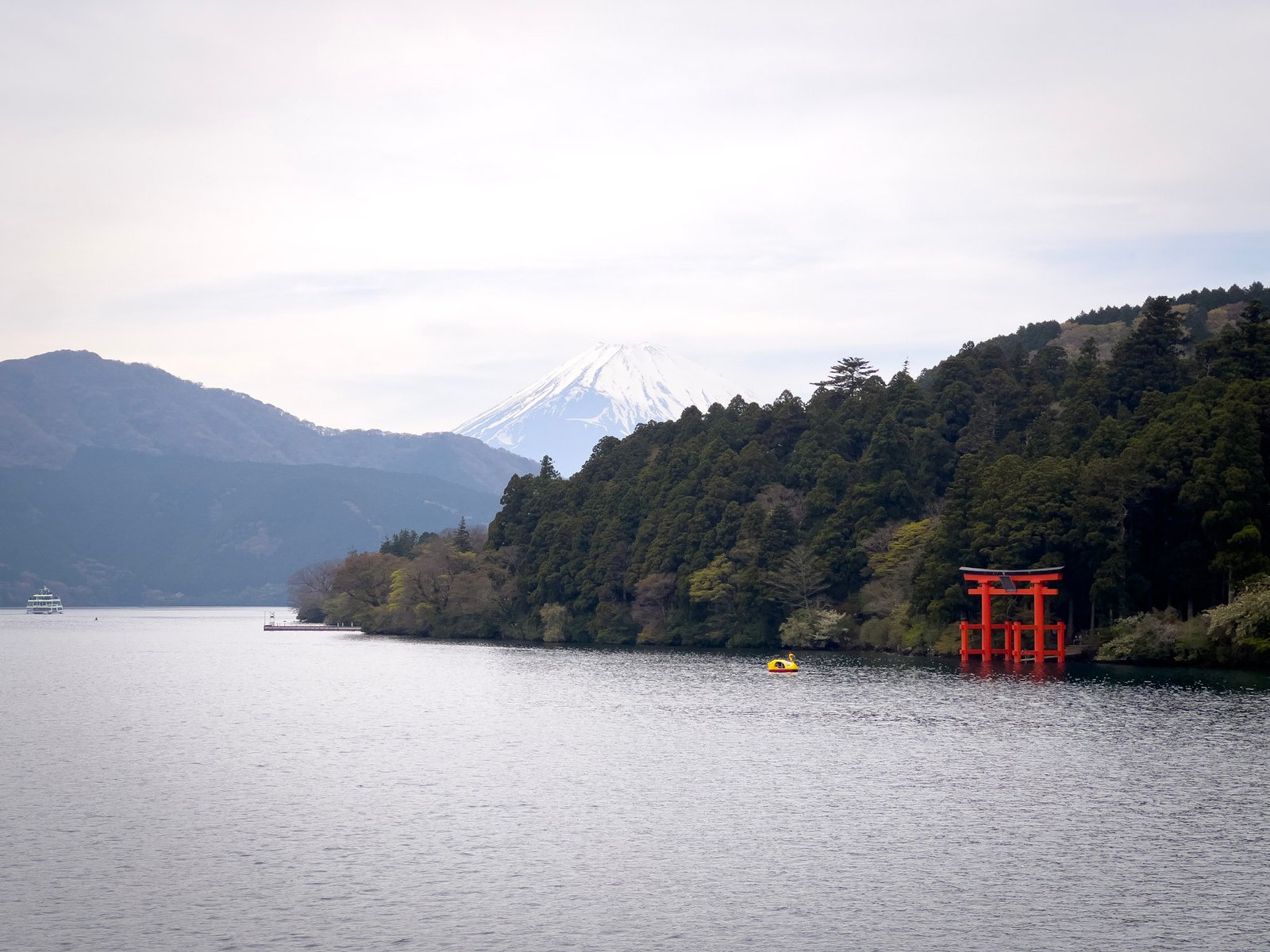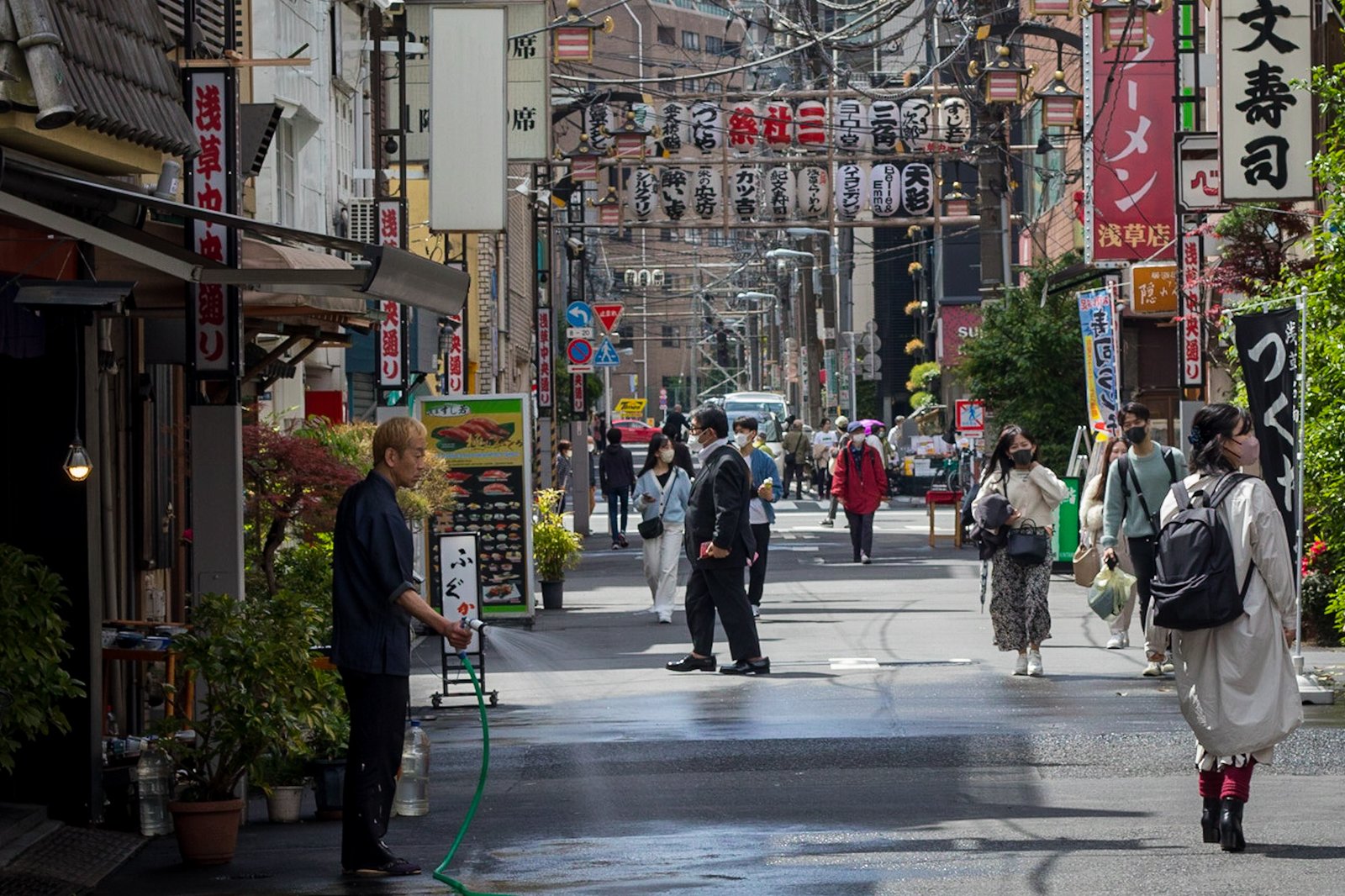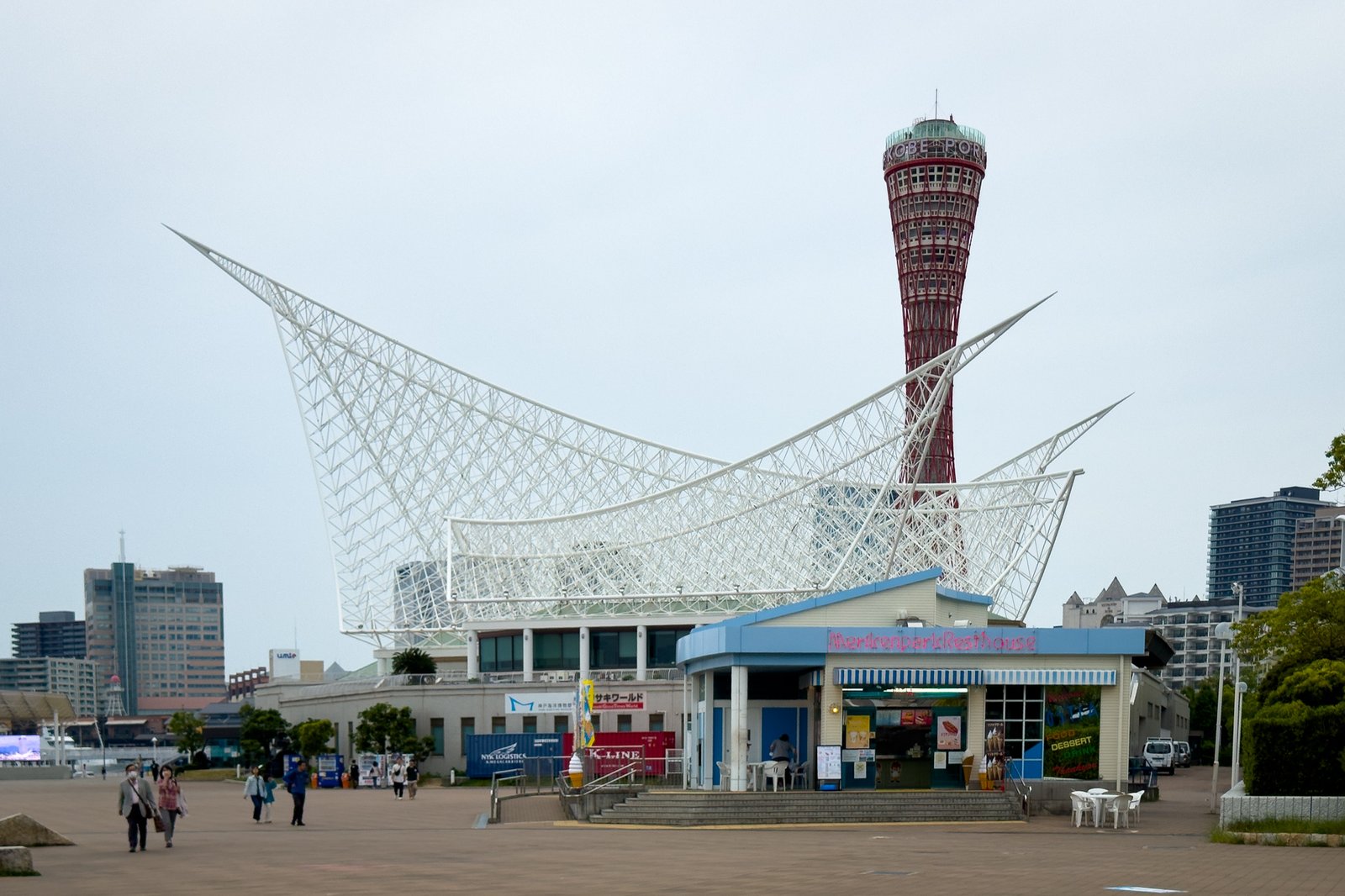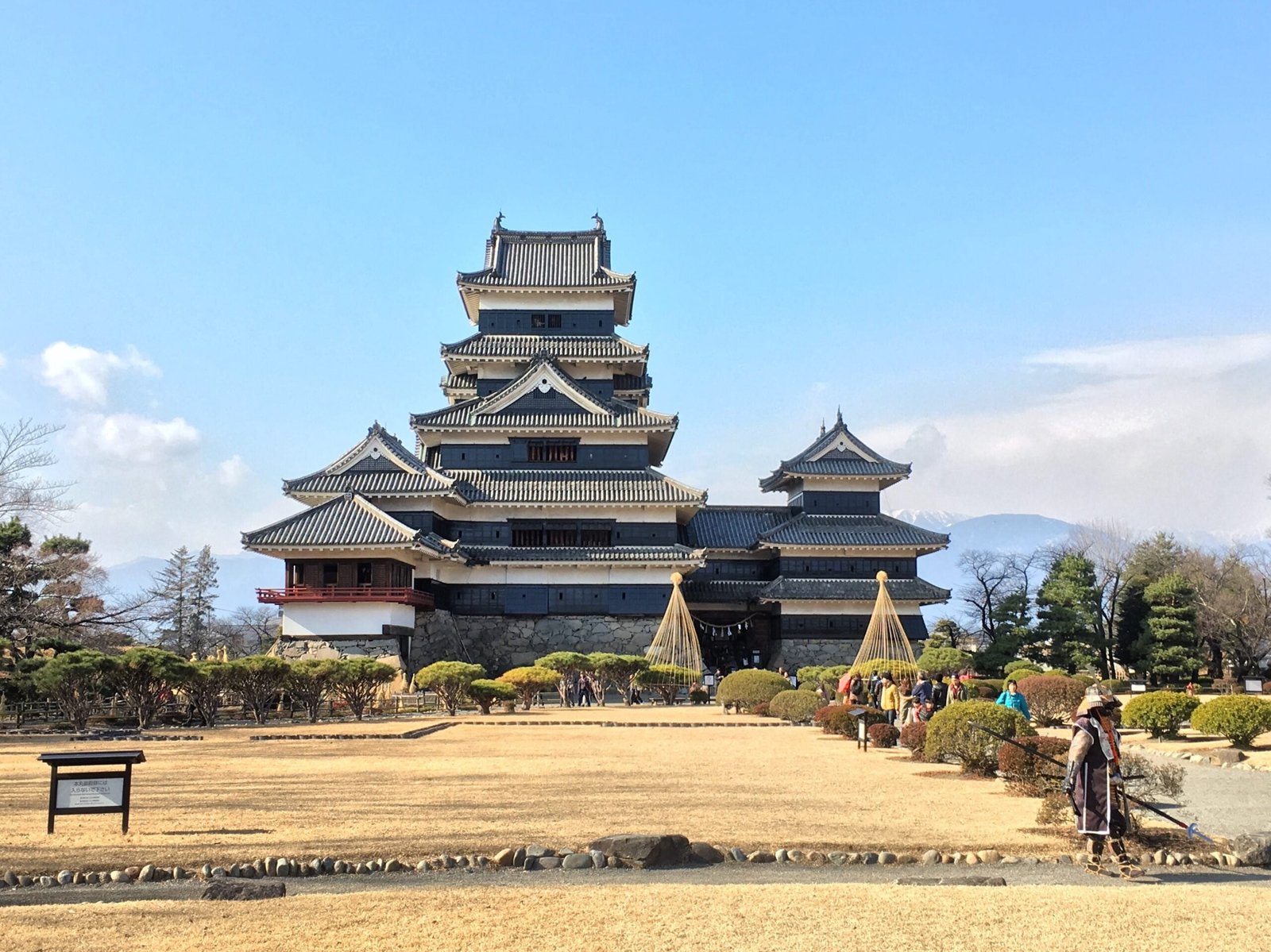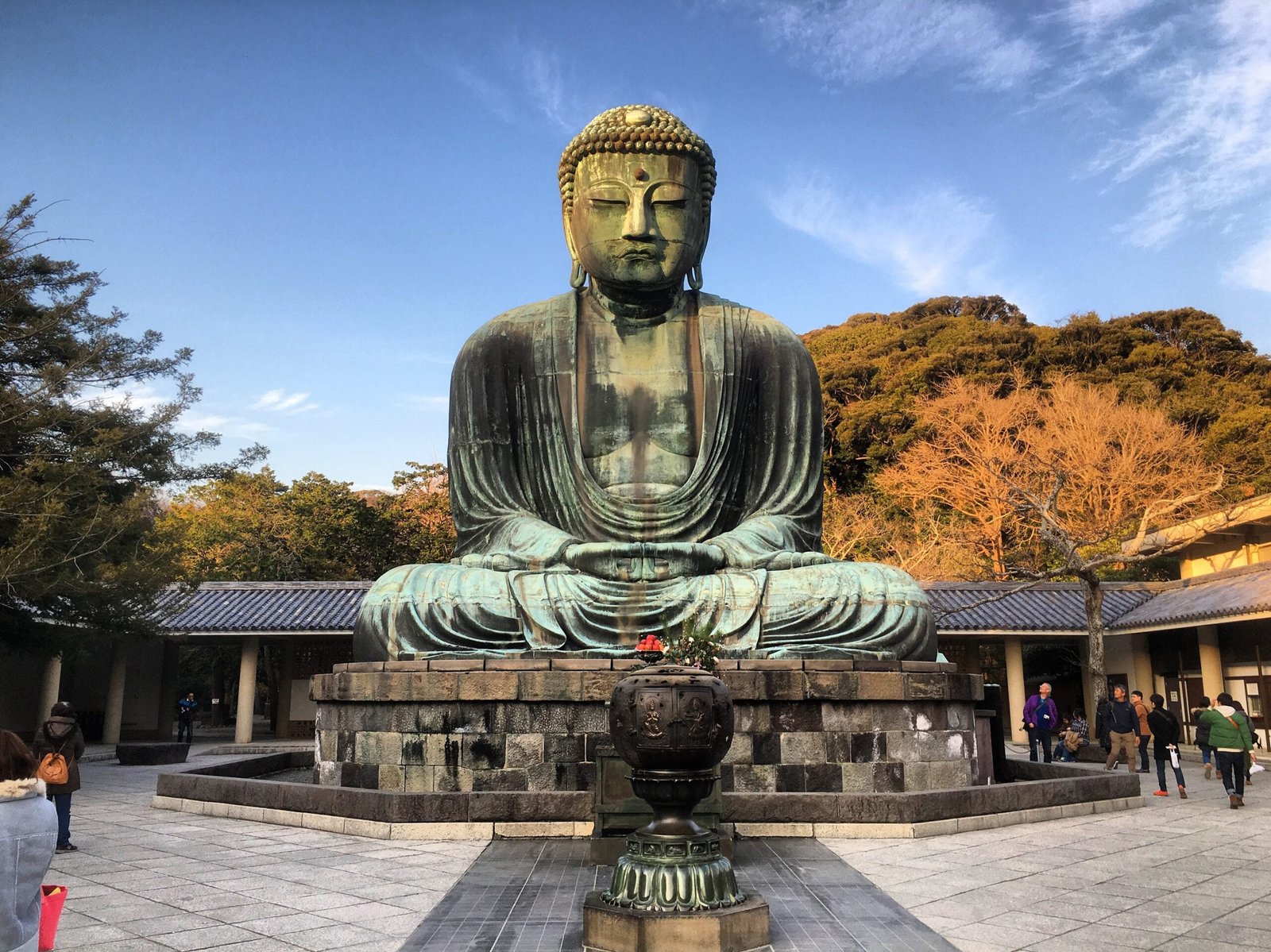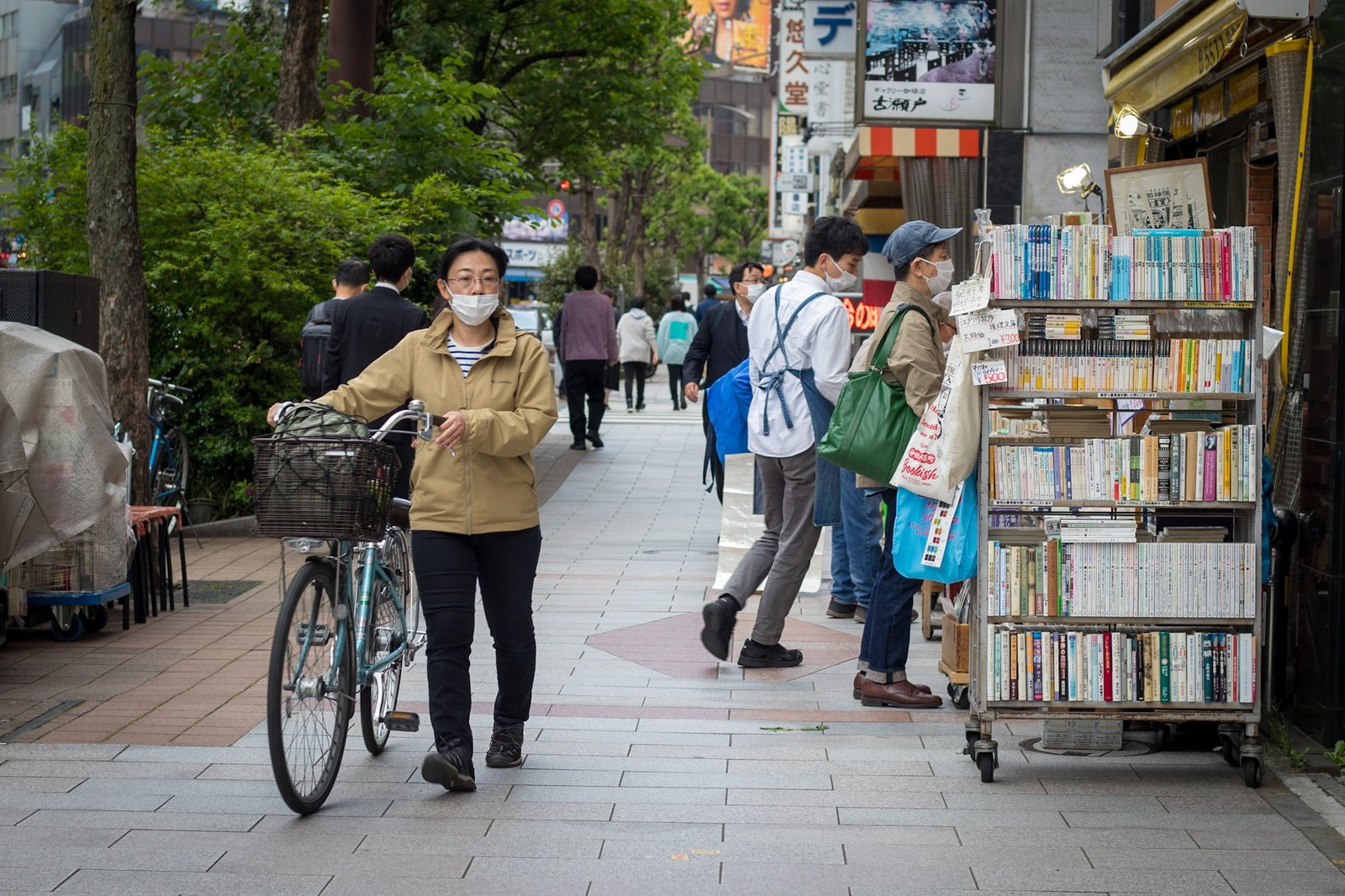Traveling in Japan is a unique experience for many people, and for us, it’s no different. We’ve explored Japan on two separate occasions, which has given us a varied perspective of the country. In this post, we’ll share the itineraries we followed during a 10-day and a 15-day stay in Japan, along with some useful tips to make the trip memorable. Drawing from our personal experiences and recommendations from travel experts like Lonely Planet and Japan Guide, we’ve compiled detailed information to help travelers plan their own adventures in Japan.
Japan holds a very special place in our travel preferences. We love everything from the organization, gastronomy, culture, and especially the cultural differences with the West.

Another aspect that makes traveling in Japan a unique experience is that the railway network is one of the fastest and most efficient in the world. With the Japan Rail Pass, it’s possible to travel unlimitedly on most bullet trains, allowing you to cover long distances comfortably and quickly.
The two itineraries we made for traveling in Japan always focused more on the central and southern parts of the country. Next time, we aim to explore the northern part of Japan.
TABLE OF CONTENTS
10-Day Itinerary in Japan

The 10-day itinerary in Japan took place during a trip that also included South Korea. On one hand, we wanted to spend more time traveling in Japan, but on the other hand, the proximity to South Korea also sparked our interest in exploring a new culture. Additionally, from Southern Japan, it’s very easy to reach South Korea by boat.
- Tokyo (4 Nights): Immersion in the Japanese capital, discovering the local culture and cuisine. According to National Geographic, Tokyo offers a unique blend of tradition and modernity, a reason why we love this city so much.
- Hakone (1 Night): Relaxing time in the natural hot springs of Hakone, overlooking Mount Fuji. According to Japan Tourism, “Hakone is one of Japan’s leading tourist destinations”.
- Kyoto (3 Nights, including a visit to Nara): Exploring the temples and shrines of Kyoto, with a side trip to Nara to meet the adorable deer.
- Fukuoka (2 Nights): Wrapping up the trip with a taste of Fukuoka’s culture and cuisine.
This itinerary allows you to enjoy Japan’s highlights in a shorter period.
15-Day Itinerary in Japan

When we first visited Japan, we had high expectations, which were clearly exceeded. We opted for a 15-day itinerary in Japan because since we were traveling halfway across the world to visit a country, we had to maximize the travel time. Even today, with more experience in Japan itineraries – not only from our travels but also from following content from various travelers – we believe this itinerary still offers a good perspective on Japan.
- Tokyo (4 Nights, including a visit to Kamakura): Exploring the contrasts between the modern and traditional in Tokyo, with a trip to Kamakura to discover historic temples and visit a giant Buddha.
- Yokohama (1 Night): According to the Official Yokohama Guide, Yokohama is one of Japan’s largest port cities and its proximity to Tokyo provides stunning views of the city’s bay.
- Osaka (3 Nights, including a visit to Kyoto): Gastronomic delights in Osaka and exploration of Kyoto’s cultural treasures, including the famous Fushimi Inari Taisha.
- Hiroshima (2 Nights): Learning about Hiroshima’s history and visiting Miyajima Island, with the iconic Floating Torii Gate.
- Matsumoto (2 Nights): Exploring the picturesque Matsumoto Castle and the landscapes of the Japanese Alps.
- Tokyo (2 Nights): Additional time in the capital to explore undiscovered neighborhoods. Tokyo is a city that never ends, and there’s always more to explore.
This itinerary provides a deeper and more diverse experience of Japan.
Find experiences in Japan
Cooking Classes
Why Try Cooking Classes in Japan?
Japanese cooking classes are more than just a fun activity—they’re a window into the country’s culinary heritage. Learn how to make authentic dishes such as sushi, ramen, or okonomiyaki under the guidance of expert chefs. Many classes also teach the art of crafting traditional sweets like wagashi, giving you a deeper appreciation of Japanese ingredients and techniques.
Platforms like GetYourGuide offer convenient ways to book these experiences. Whether you’re in Tokyo, Kyoto, or Osaka, you’ll find a variety of authentic, home-based cooking sessions tailored to all skill levels. Bring a piece of Japan home with you by mastering these recipes and creating unforgettable memories.
Recommended Cooking Classes in Japan

Popular Sushi Making Class

Sushi Making Class in a Happi Coat near Tokyo Tower

Ramen and Gyoza Cooking Class in Dotonbori
Travel Tips for Japan
- Transportation: Use the Japan Rail Pass for convenient and economical travel between cities.
- Rent-a-car: Renting a car in Japan can be a great option for more freedom while exploring this amazing country.
- Accommodation: Book accommodation in advance, especially during peak periods.
- Cuisine: Enjoy a variety of Japanese dishes, from fresh sushi to comforting ramen.
- Etiquette: Respect local traditions, such as removing shoes when entering temples and restaurants.
- Language: Learn some basic phrases in Japanese to interact with locals.
Safety Tips
- Travel Insurance: Ensure you have comprehensive travel insurance to cover any eventualities.
- Documents: Keep important documents, such as passport and credit cards, in a secure location.
- Health: Consult a doctor at a travel clinic before your trip.
- Emergencies: Be familiar with local emergency numbers and stay informed about weather and security conditions.
These suggestions can help plan and travel in Japan according to preferences and time availability. With its rich culture, stunning landscapes, and irresistible cuisine, Japan promises an unforgettable experience for all travelers.


